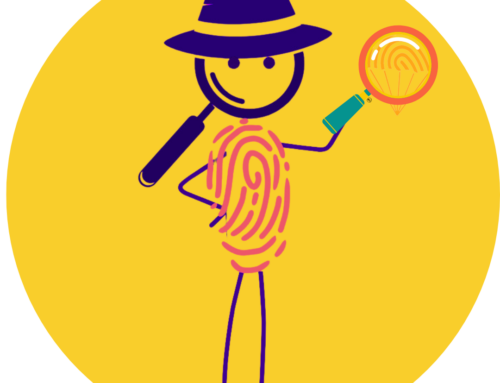As a recovering perfectionist, I am keenly aware of times when shame has clouded my perception, especially when I have felt criticized. My perception of rejection was, in those moments, more powerful than I could manage. More intense than hurt feelings or disappointed, I’d felt devastated and panicked.
The people opposite me in conversation hadn’t intended to ruin my life; they may even have felt confused by my reaction when I’d turned pasty white (or bright red) stuttered, stammered, or even cried. But this physical reaction, over which I’d had very little control, escalated my emotions to the point where I could no longer think rationally. I lost myself in the swirl of “they think I’m horrible” thoughts, and I couldn’t recover to talk through the conversation.
Brene Brown describes shame’s physical symptoms in I Thought It Was Just Me (but it isn’t): Telling the Truth about Perfectionism, Inadequacy and Power: “These might include your mouth getting dry, time seeming to slow down, your heart racing, twitching, looking down and tunnel vision.” She continues to say that we experience shame symptoms differently, “so if you learn your physical symptoms, you can recognize shame and get back on your feet faster.”
Yes — Get back on your feet. You may fall down, but you can always get back on your feet.
I have taken time over the past few years to notice how my body reacts to perceptions of criticism and to work through my knee-jerk reactions of doom to a place of growth and hope. I’ve minded the gap, and I desire the same for you and your loved ones.
So I turn from my own experiences to examine how I talk with my kids and my students about their mistakes, disappointments, and failures. Do my words trigger shame for them? Do they feel criticized? Do they make up stories to cover mistakes and avoid shame?
I ask, How can I create a space where they feel safe to admit a mistake and acknowledge the gap between where they are and where they want to be? Holding space and giving time are the answers: holding space and time for them to get back on their feet.
My research and experiences show that we hear one another best when we have space – emotional and physical – to listen and learn. We learn best when we can make our own connections. We feel hope when we view the interaction as a practice-run and we’re aware that we can try again next time. We get a do-over.
As part of a family with ADHD, I’m aware that this learning-road might be a little bit bumpier, longer, or windier for us. My kids don’t always have the tools at their fingertips; we need to take time to build the big-picture by looking at each part and putting it back together. And practice, practice, practice.
Do-overs welcome here.
How do I apply this learning to life?
- I understand that we are united in the human condition of desiring belonging and connection. When we feel a loss of either, we can feel shame.
- I understand my own shame triggers and physical symptoms. I can talk authentically with others about their experiences.
- I don’t try to fix a situation (or even respond) when I am feeling overly emotional. I’ve found that my feelings get in the way of my intent.
- I ask questions and listen carefully. I watch. I take notes. (Really.) And I am not afraid to come back to a previous conversation and ask the same question to see if I get a different response.
- I tell my kids and students I’m on their side. They may not feel that way sometimes but, I tell them, nothing they do will change that.
Yours in the journey,
Cara
Want to learn how a simple planning habit can protect your mindset? Click here!







